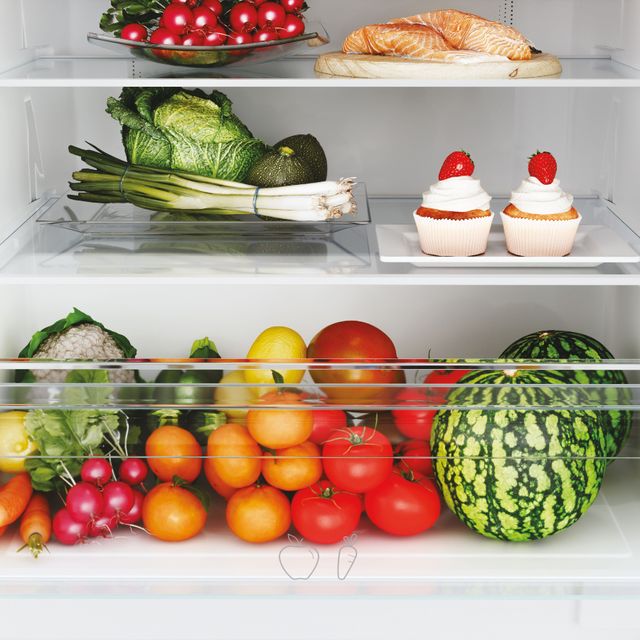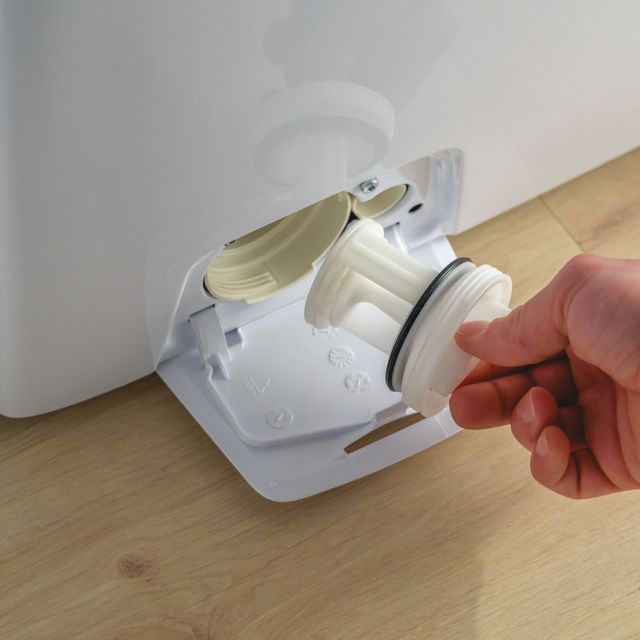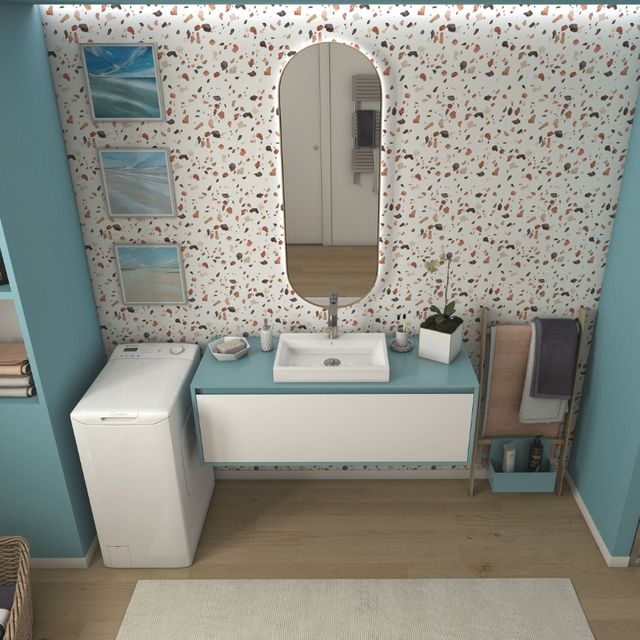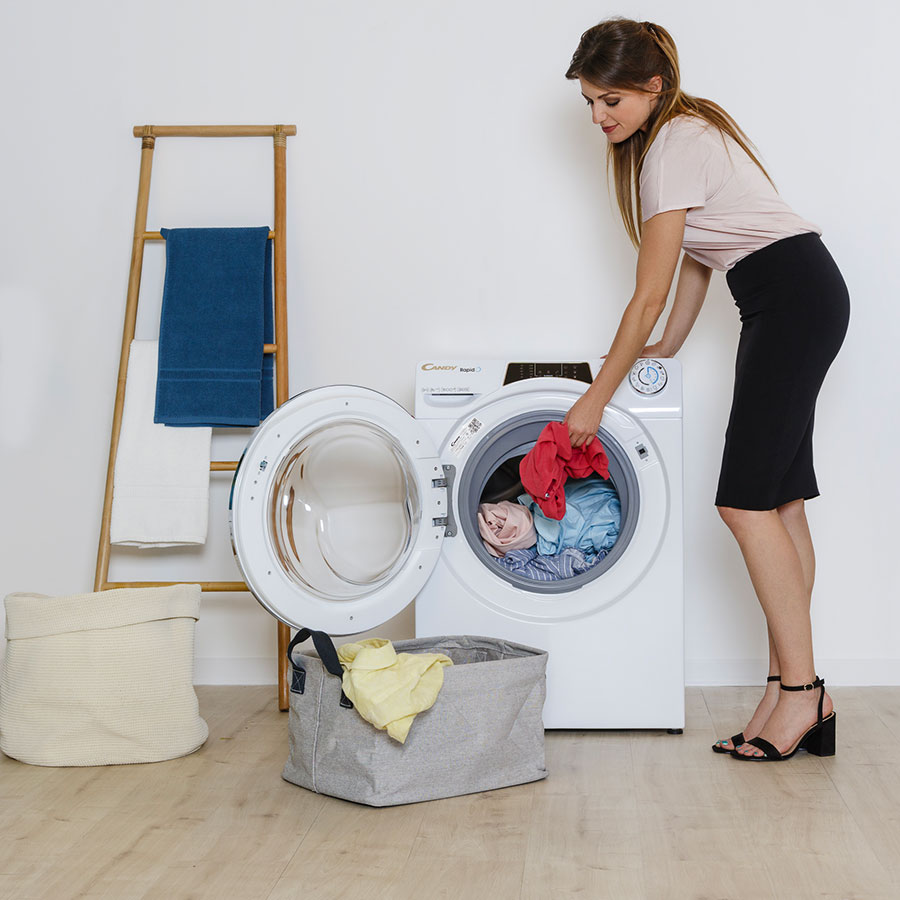You may find - from time to time - that the washing machine does not drain the water from the drum correctly once the cycle is complete. Here’s what you should do in this instance.
At the end of the washing machine cycle, water may sit in the drum, leaving your garments wet. This malfunction is commonplace in household appliances that have seen better days. But what are the main causes of this and what can I do about it?
My washing machine won't drain, what could be causing this?
- One of the most common causes of a washing machine that is unable to drain water properly is the presence of an object stuck in the drainage pump or a filter blocked with dirt. One of the first elements that therefore warrants inspection is the filter, which is essential for filtering out impurities as well as small objects: if the filter is obstructed or blocked, the water will not drain. Similarly, the drainage hose, which expels water from the washing machine, may be bent or blocked. It is also important to check that the home's drainage line - where the hose is connected - is free from obstructions. Should neither the filter nor hose be the source of the problem, a blocked drainage pump may be another possible cause of this malfunction. This pump is essential for draining the dirty water after the washing cycle has ended. The presence of small items in the pump - such as socks or coins - could cause an obstruction and prevent the turbine from turning correctly
- The incorrect closure of the solenoid valve is yet another reason why you might be finding water in the drum at the end of the cycle. The latter should be checked by the software that manages the washing programme, but if it is dirty or faulty, it may be remaining ever so slightly open, which consequently causes the washing machine to fill with water at the end of the washing cycle.
- When doing the laundry, are you creating an excessive amount of suds, owing to the use of too much detergent? This could be yet another element that is compromising the correct functioning of both the spin-drier and water drainage system.
What to do when this problem occurs?
If you notice that your washing machine won't drain, don’t panic. First and foremost, check the programme that you have set. There are in fact a number of options that exclude the spin cycle or final drainage, such as the ‘anti-crease’, ‘stop water in drum’, and ‘night’ cycles.
If instead the problem is derived, as we saw previously, from soap suds, reduce the amount of detergent that you are using.
If this doesn't appear to be cause of the problem either, then you will have to make some adjustments to the appliance.
Firstly, you will have to electrically disconnect the appliance by removing the plug from the socket.
Next, check the condition of the filter. It is always located low down and is easily accessible from the front of the appliance - on our washing machines, you’ll find it on the left-hand side. To open the filter, you need to unscrew the cap. We recommend placing a towel on the ground to soak up the water that flows out. Once open, you can proceed to clean the filter by holding it under running water. The inner part of the pump (the part that connects to the washing machine) should also be checked for residues. You will also need to ascertain that the turbine is not blocked by small objects - frequent offenders include coins, buttons, safety pins, and the like. The turbine must be able to freely rotate. If after everything has been cleaned, the pump still won’t start up and drain, then the problem is electrical and the part will need to be replaced.
Should your washing machine be experiencing any more significant problems, we recommend contacting a trained technician.
Thanks to the connectivity systems of Candy’s front-loading washing machines, you are able to keep a close eye on the condition of your appliance and receive suggestions enabling you to optimise the performance.





